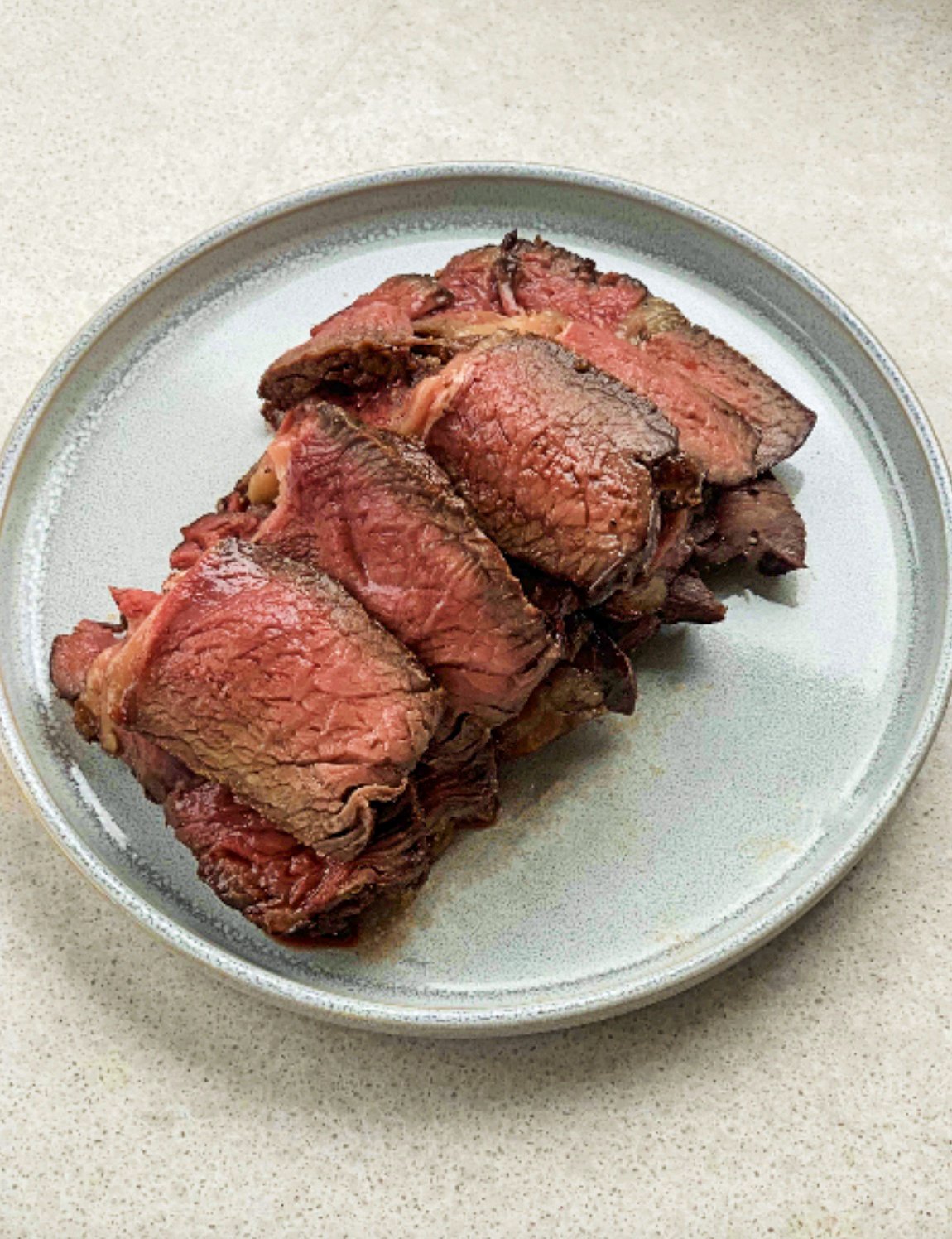How to make mayonnaise
Put down the Best Foods and step away from the Kewpie. As one of the foundational sauces of French cuisine, it’s worth mastering the art of making your own mayo. And it’s easy once you get a feel for it; with experience, you’ll ‘get’ how fast you can add the oil, how to adjust lemon juice so it’s in balance, and how much hot water to add to fix up a too-thick consistency. We recommend making mayo by hand initially so you fully grasp the process, then, once you’re confident, you can let loose with the food processor or stick blender and make it with ease.
Machine-made mayo does have a slightly ‘gummier’ texture than hand-whisked; as mentioned, adding a little hot water at the end will fix this. But it’s harder to ‘split’ mayo making it in a machine, unless you fully glug the oil in. (‘Split’’ is a cheffy way to say that the emulsification will break, and the oil separate out. Not pretty). What to do if your mayo does break while you’re making it? Whisk up another egg yolk, then slowly whisk your broken mayo into that to restart the emulsification process, then you’re good to go.
Homemade mayo will keep in the fridge for up to 2 weeks; place plastic wrap directly on the surface to stop it forming a skin. Oh and the quantities here make around 500ml (2 cups), but the recipe can easily be scaled up if you need to make more.
1. Assemble your ingredients. Everything, especially eggs and oil, should be at room temperature.
2. Separate 2 large eggs. Combine the yolks, 1 tbsp vinegar and 1 tsp mustard in a bowl, and whisk to combine. (Dijon is traditional but you can use any you like). Save the egg whites for another use like, pavlova!
3. Adding it drop by drop at first, whisk in 375ml (1½ cups) grapeseed or any other neutral-flavoured oil; the mixture should form a thick emulsification. (You can substitute half the oil with extra virgin olive oil if you like the stronger flavour).
4. You can add the oil a little faster as you go, but in no more than a thin, steady stream. If you add it too fast, the mayonnaise will split.
5. Add the juice of half a lemon, or more, to taste. It should balance the flavour of the mayo and give it a slightly acidic edge. Season with salt and pepper.
6. Stir in 1 tbsp or so of hot water to thin the mayonnaise and make it creamy.











